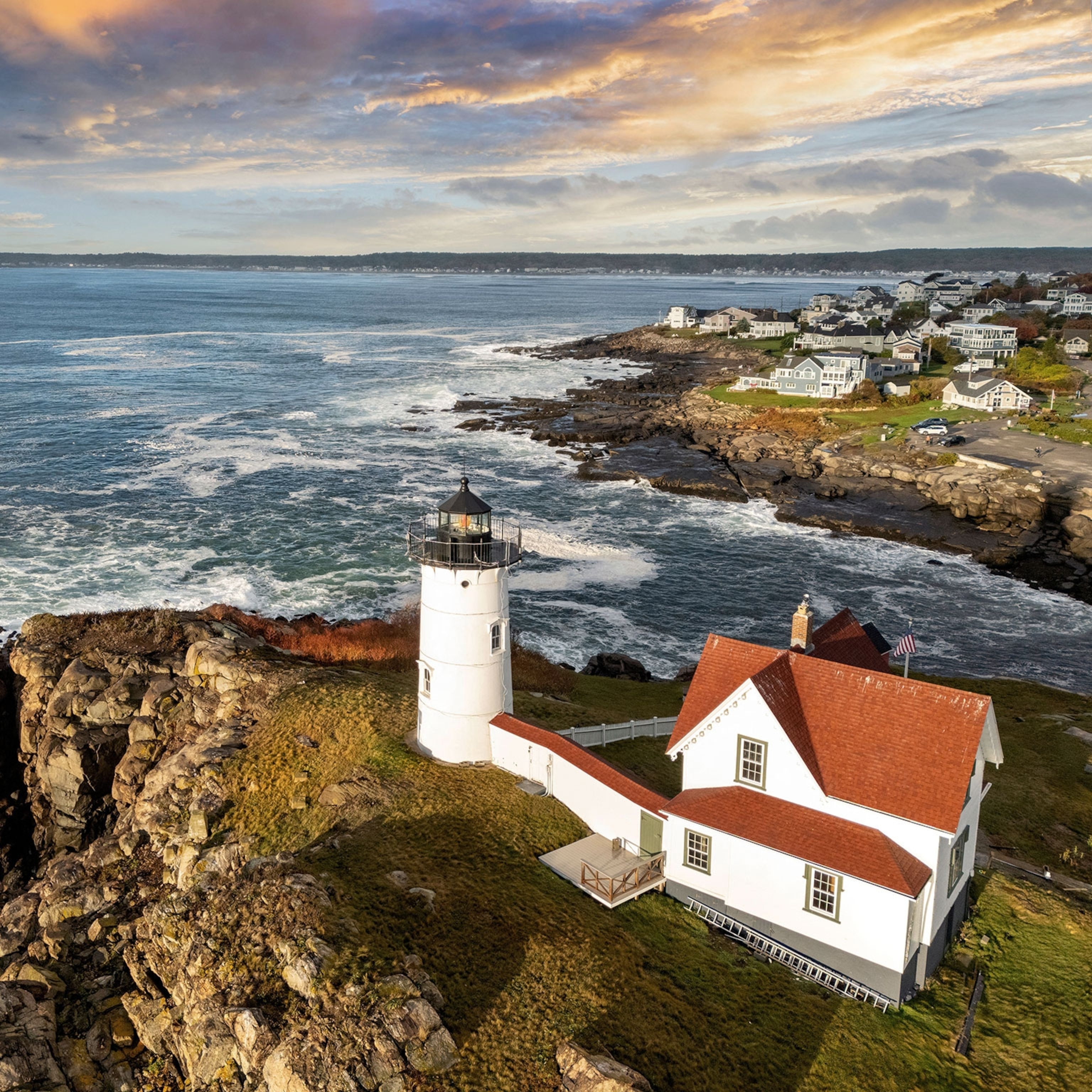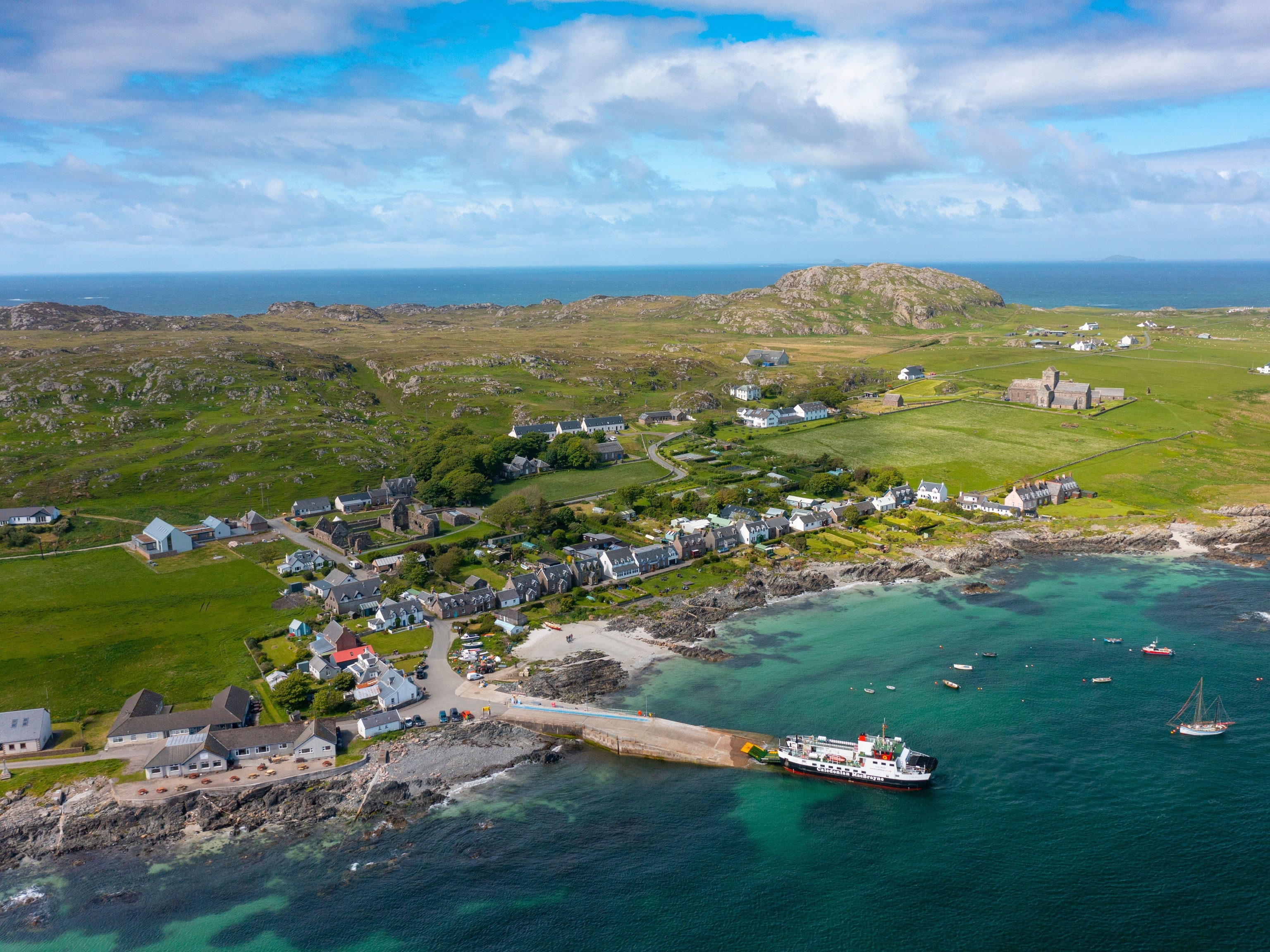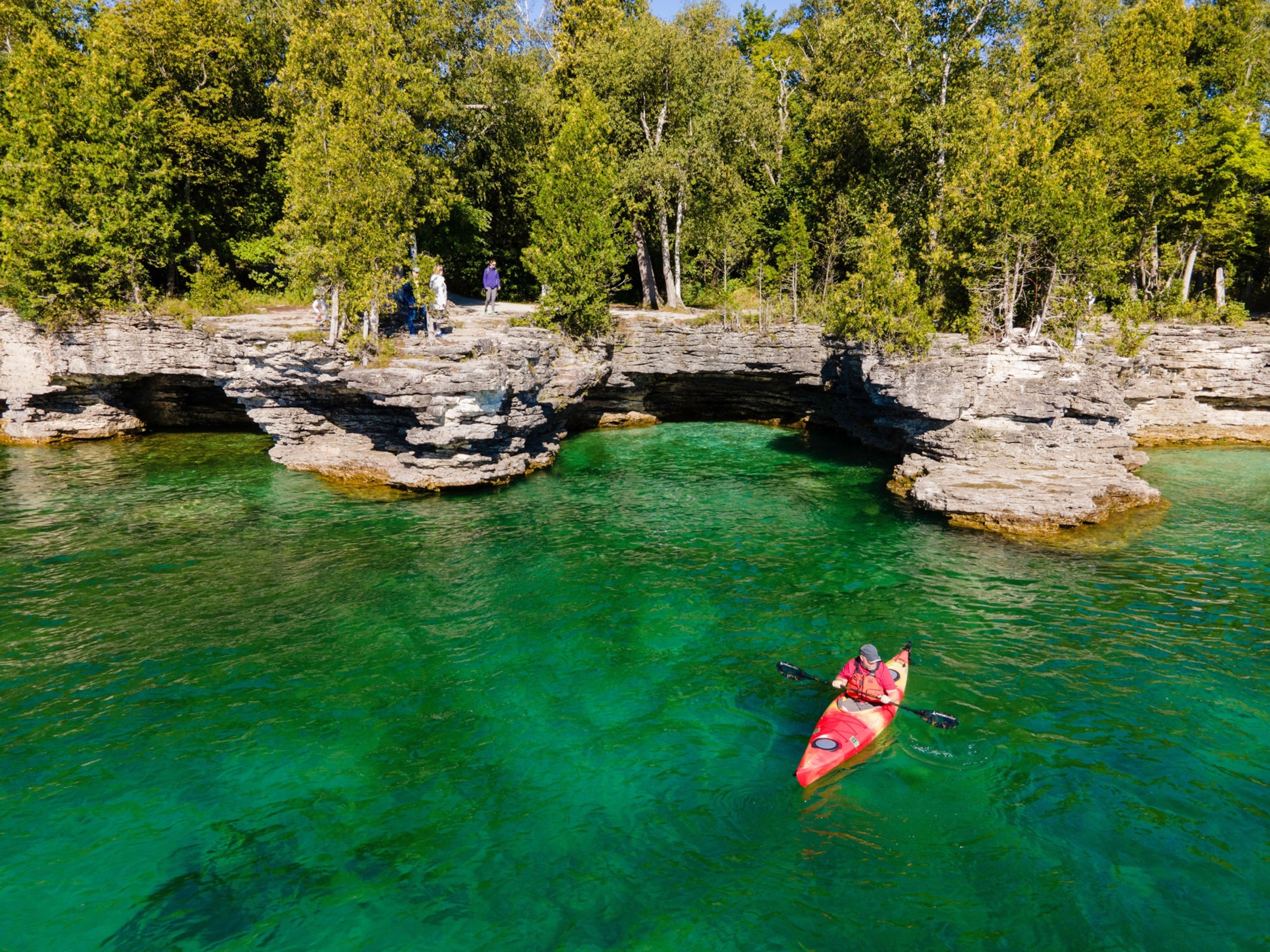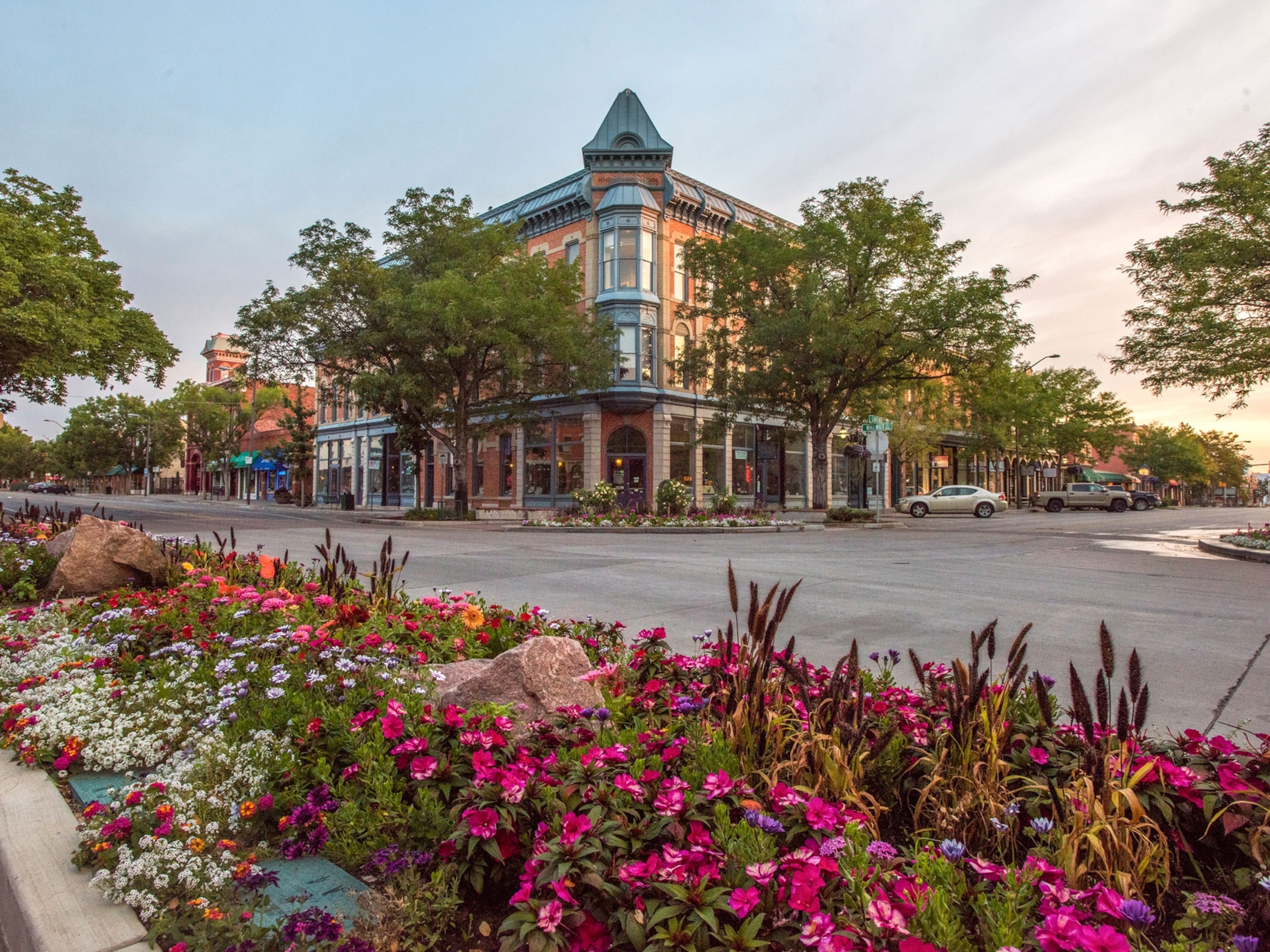
Rwanda rising: A commitment to conservation
Heather Greenwood Davis speaks with National Geographic photographer Ronan Donovan about how the East African country’s forward thinking is revitalizing its national parks and providing new opportunities for travelers.
From his perch on a safari jeep, with a trained guide at his side, Ronan Donovan sat and watched through his camera lens as two lions woke up, hunted, caught and then ate a warthog. For hours the National Geographic Photographer stayed with the pair of brothers, capturing their evening meal from a vantage point only 50 feet away.
It's exactly the kind of experience he had been hoping to have on his four-day adventure through Akagera National Park.
“It was just a crazy, intense behavioral show,” he recalls.
Until recently it wouldn’t have been possible. Akagera National Park is a phoenix.
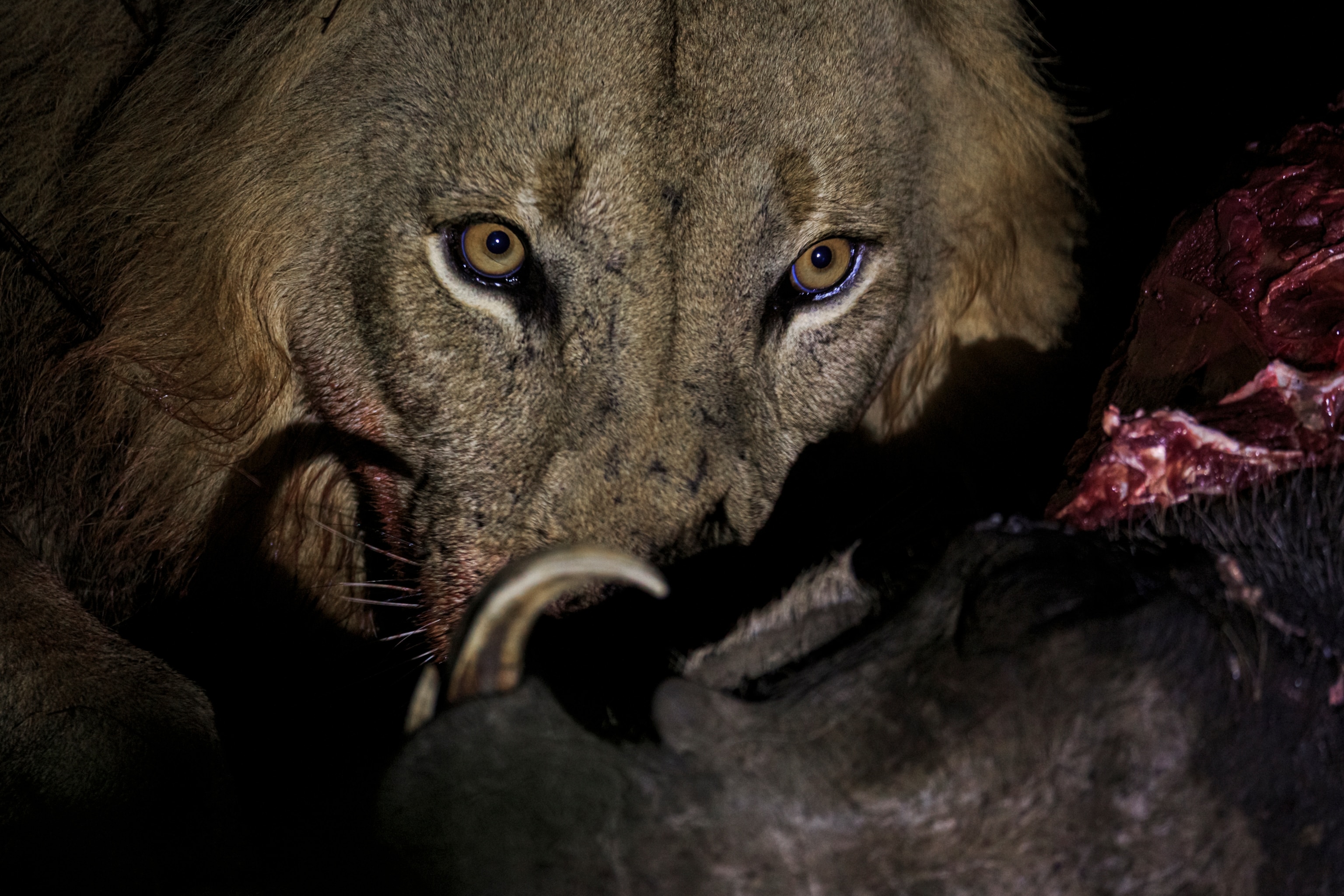
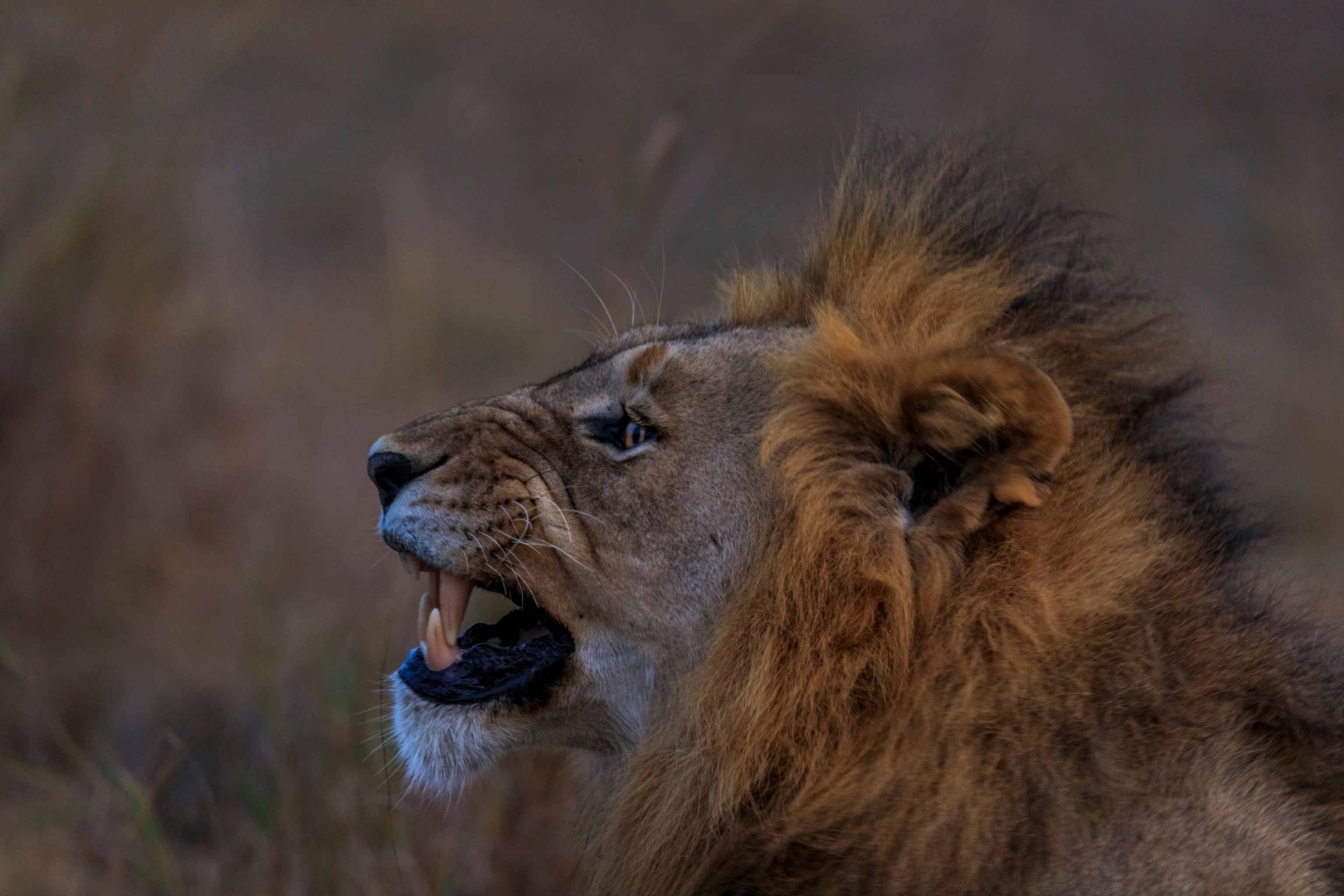
The park was founded in 1934 but by 1997 much of its wildlife and two-thirds of its territory, roughly 10 percent of the country, had been lost to poaching and farming.
“Lions were gone, and leopards were hit pretty heavily just because people were trying to graze livestock in the park,” notes Donovan.
A partnership between the Rwanda Development Board (a government agency) and African Parks, a non-profit dedicated to the rehabilitation of conservation areas across Africa, led to the creation of the Akagera Management Company – tasked with overseeing the park’s resurgence. That partnership has changed things.
Today, Akagera National Park – one of four national parks in the country – has become Rwanda’s most popular park.
“Akagera’s going to be interesting to watch notes Donovan.
“It’s pretty exciting to be able to basically jumpstart a national park and to be able to watch that play out will be really fascinating.”
The Big Five (elephants, rhinos, leopards, lions, and buffalo) roam throughout the park’s wetlands, woodlands, and savannah, all set against a natural river border with Tanzania and dotted with a dozen lakes.
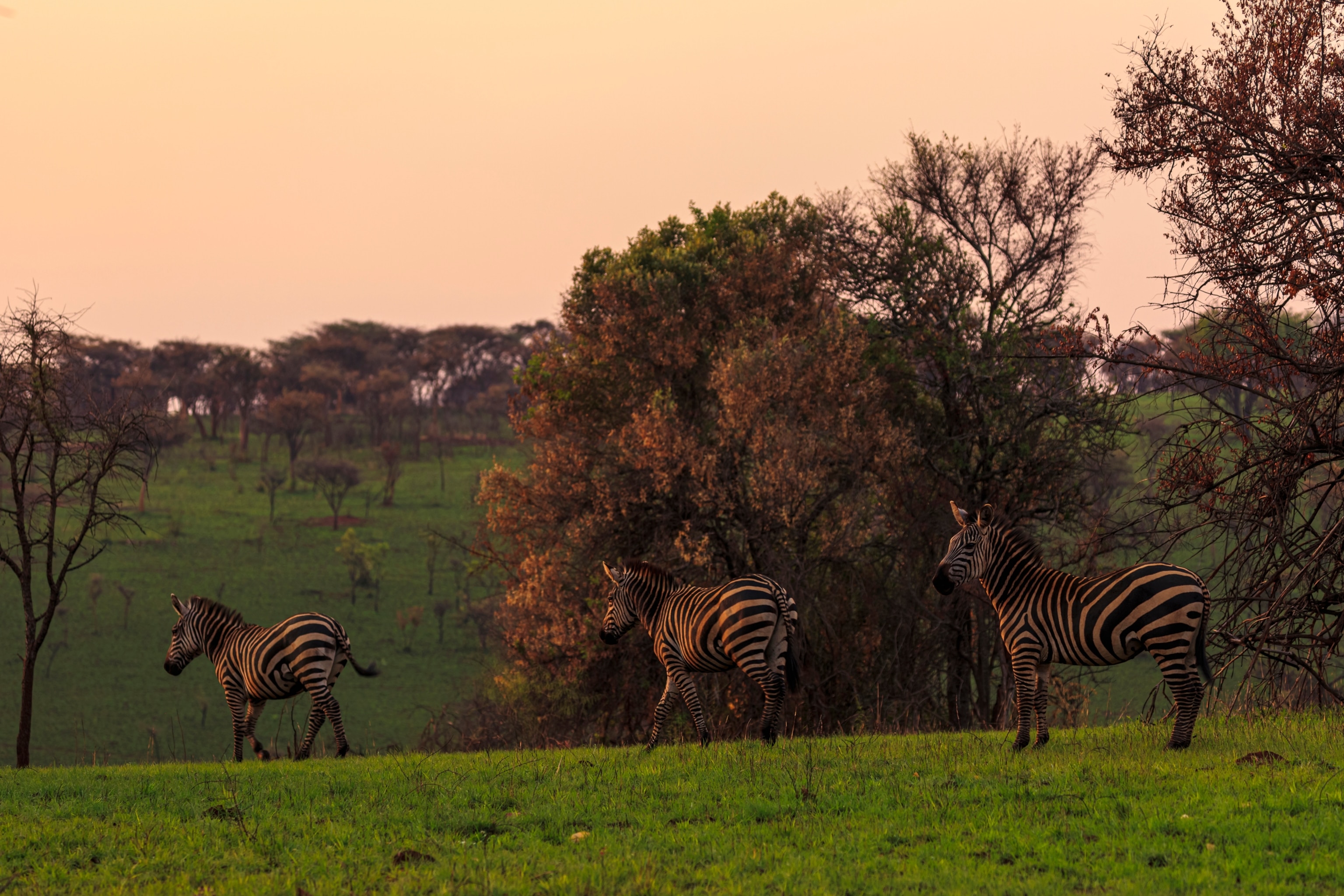

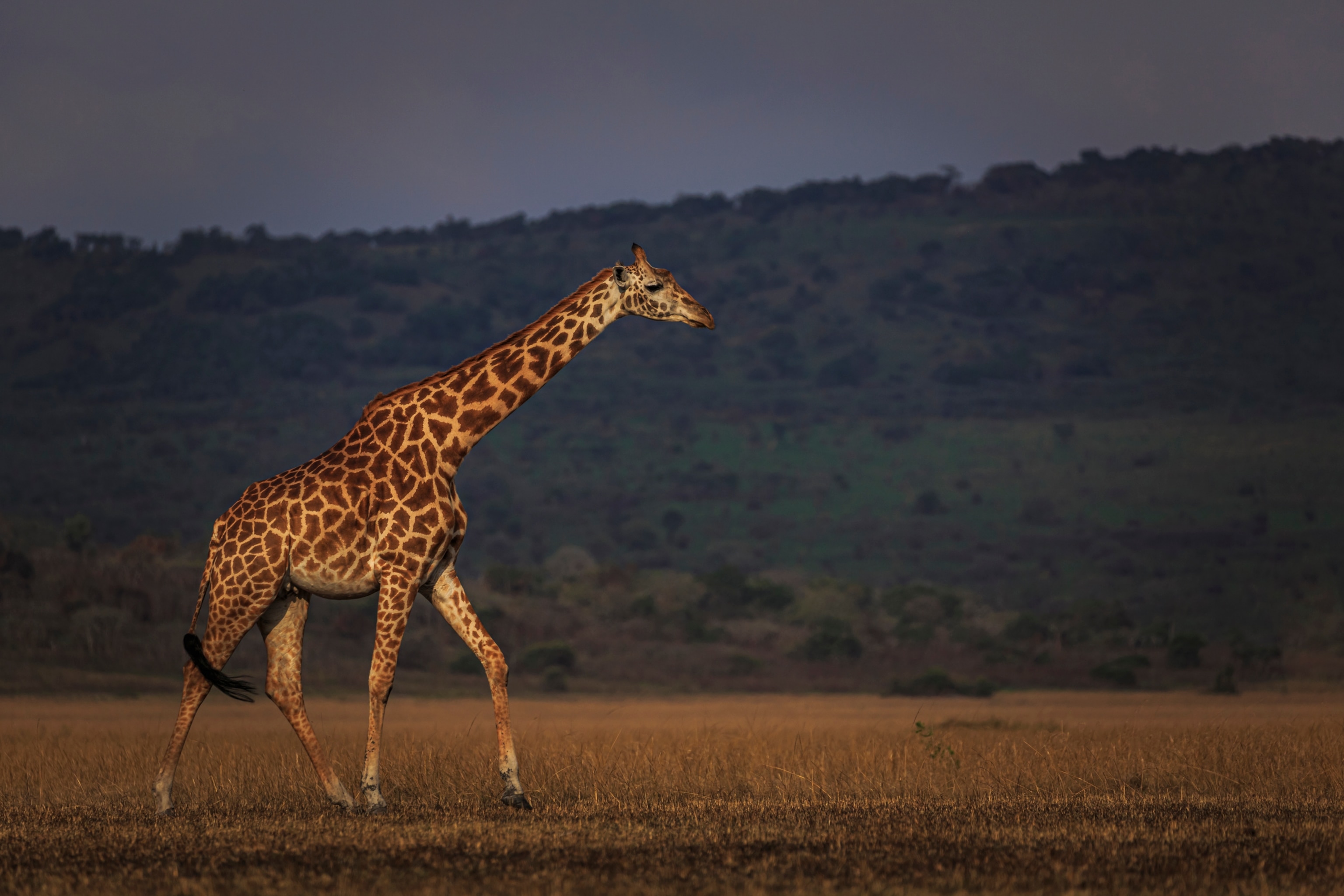
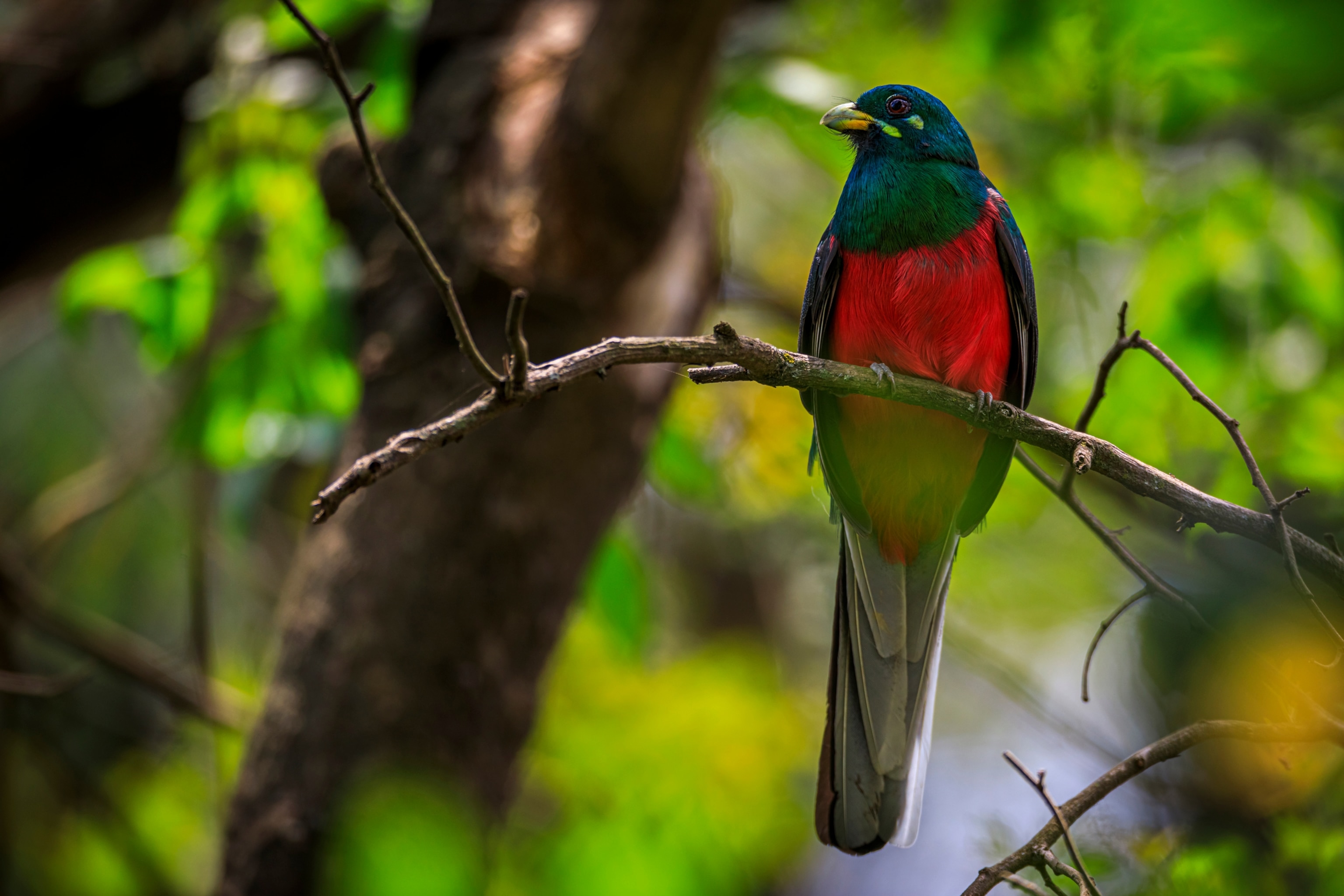
“It’s a beautiful, striking landscape,” notes Donovan, adding that the area has also become a bird watcher’s paradise with 490 species identified. On the Kilala plain, giraffe, zebra, and topi roam an open field grassland basin as well.
Still, the park's success would depend on more than a plethora of animals. It would also require locals in the densely populated country to be convinced that protecting land for conservation was a good thing.
The jobs provided through tourism have gone a long way to bridging that gap. It’s a symbiotic relationship: Akagera’s Rwandan staff work with international scientists, and biologists, and in turn offer guests a high-end, informative experience that brings in much-needed conservation dollars.
“These animals wouldn't be here if it wasn’t for community commitment and tourism dollars to support and conserve the land and protect it from poaching.”

And tourism is booming. Magashi Camp by Wilderness Safaris is one of the draws. The luxury tented-camp in the north end of the park is one of several in-park lodging options.
It’s not the country’s only animal conservation effort either. Nyungwe National Park boasts the country’s highest population of chimpanzees. Adventure seekers who are willing to start out early in the morning and trek for up to six hours may be rewarded with a sighting of the agile creatures. Chimpanzee trekking permits are affordable at 90 US dollars per person.
And Rwanda’s Volcanoes National Park has won international praise for its conservation of the mountain gorilla. The bucket-worthy experience now draws more than 20,000 visitors a year, each of whom pays 1,500 US dollars for the privilege of a permit that allows them an hour in the midst of silverbacks and their families.
“You cross the border from a human-dominated landscape immediately into this deep forest, and you get closer and closer, and you know that these animals are huge, and then when you get in sight of them you start to hear them making noises, their grunts and their hums, and the guides start to do it as well,” recalls Donovan.
“It’s just remarkable to be that close to completely wild animals that really just ignore humans and go about their day.”
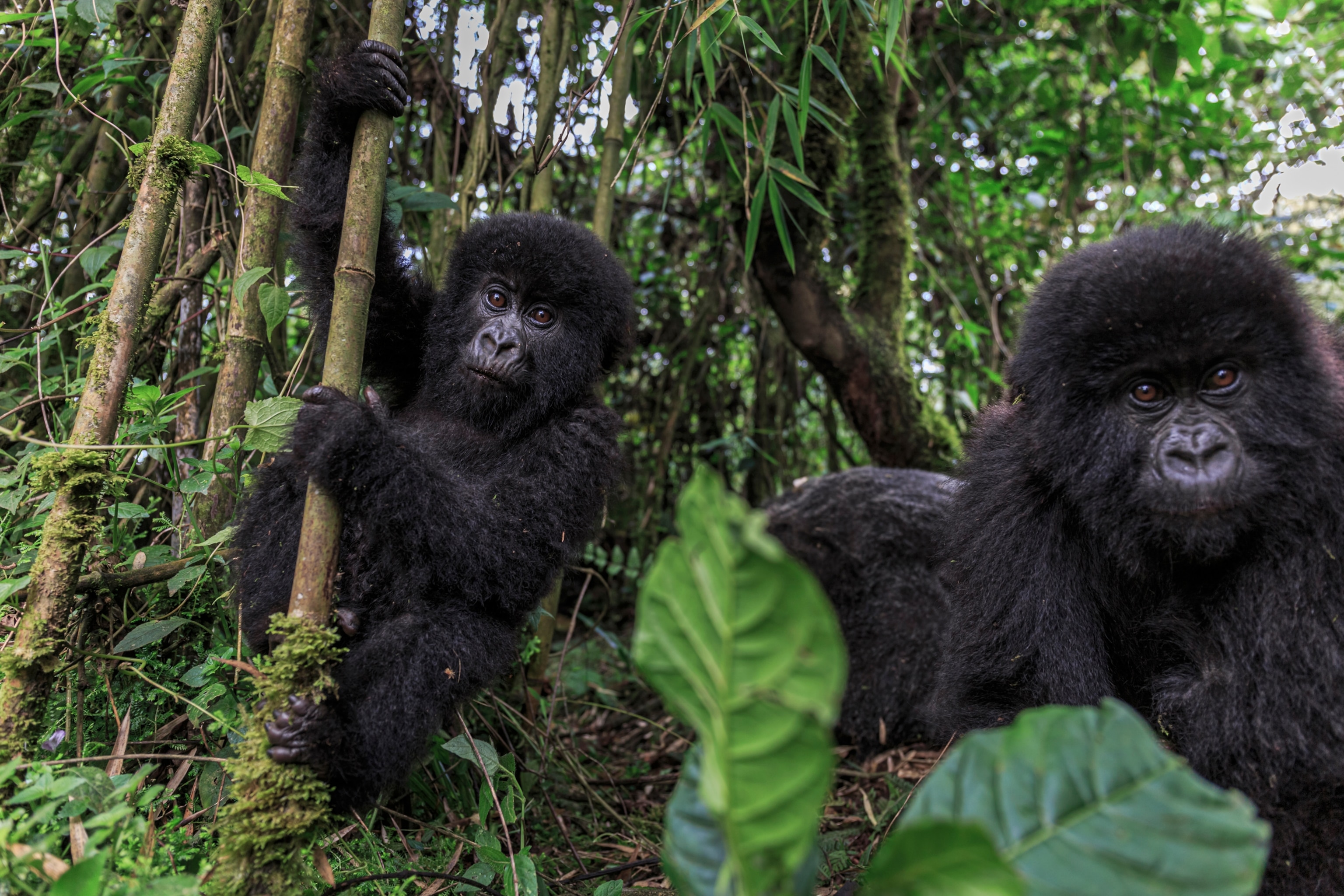
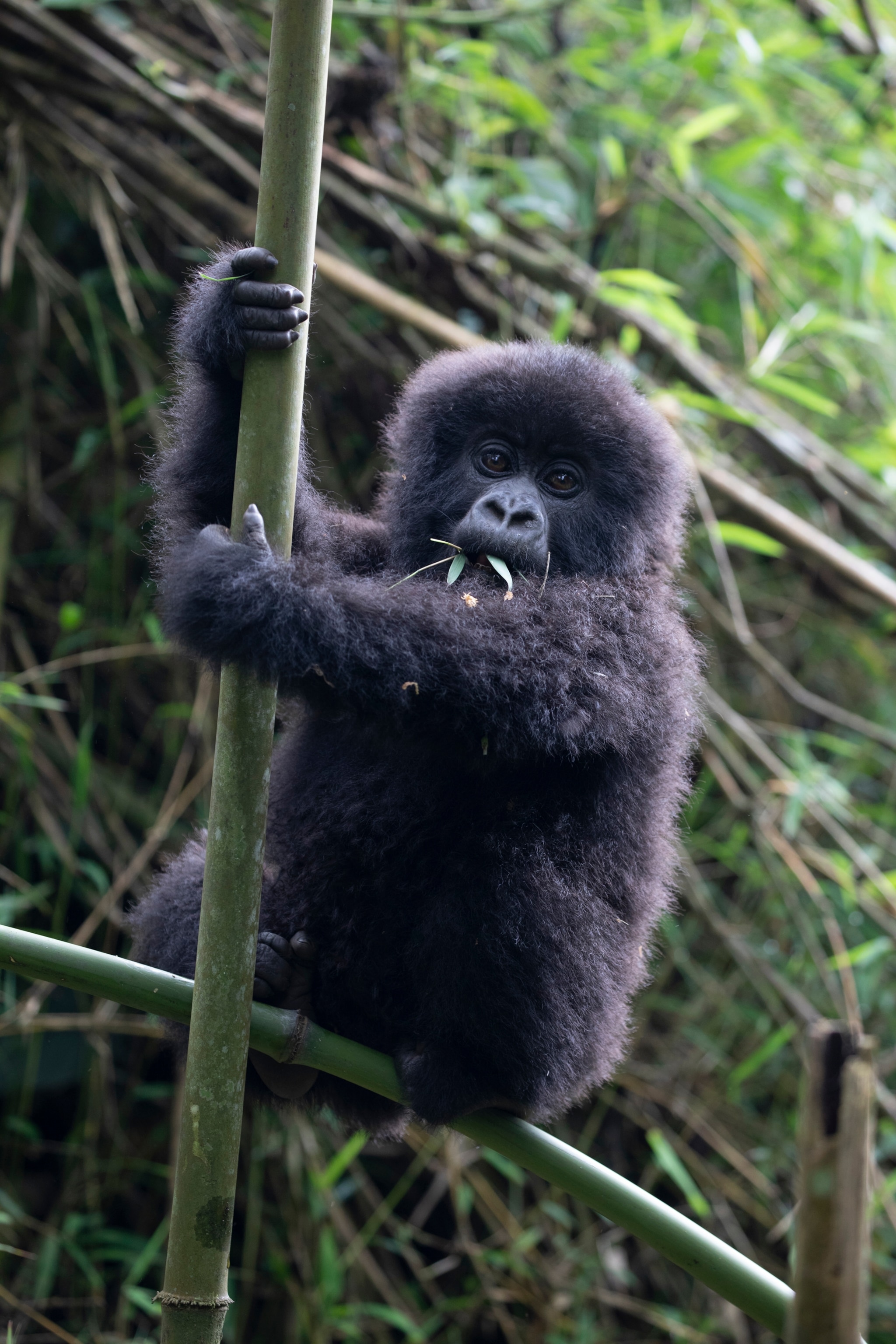
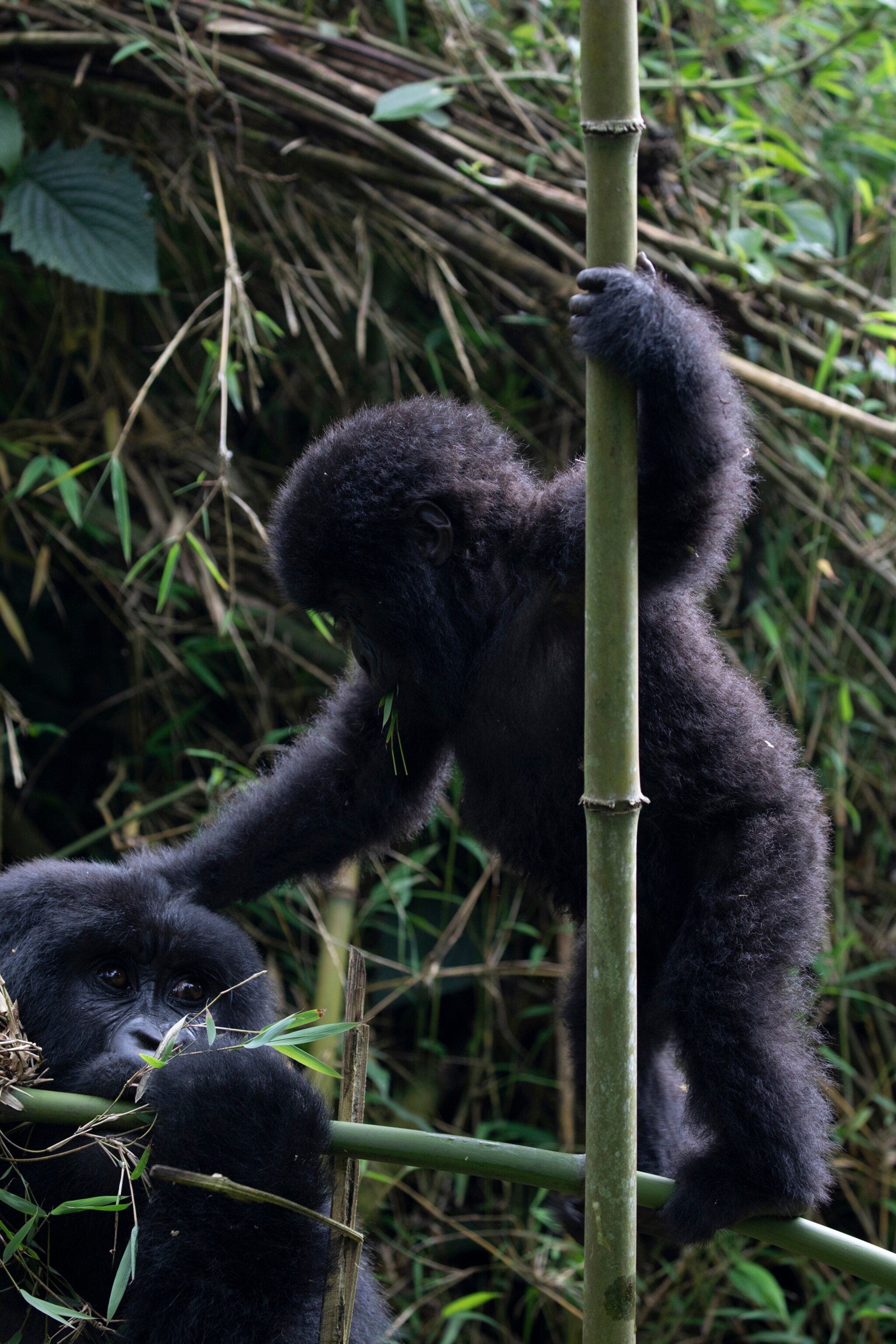
Donovan’s most recent visit coincided with the Kwita Izina gorilla naming ceremony. This year, National Geographic’s social media followers were asked to help name a 15-month old female gorilla. They chose “Intego” which means “purpose” in Kinyarwanda, the local language.
Donovan had the chance to meet Intego face to face in the mountains before the ceremony and recalls her playful nature. “There were a couple of other little young ones with her, and they were having a good time,” laughs Donovan. “The big male silverback was there the whole time, and he didn't move a muscle. They’re playing and rolling around on top of him… it was a real treat.”
The ceremony itself is a testament to the future of conservation in the area. “Rwandans in their own culture had done this for centuries, where the families get together and they choose a name for the newborn child,” Donovan explains. The ceremony extends that honor and respect to the gorillas. Now in its 15th year, the all-day affair invites dignitaries and celebrities from across Africa and around the world for the occasion.
Donovan estimates about 30,000 locals were on hand as well. In speaking with them, he found that they were well versed in the benefits of conservation. Here, profits from tourism go directly back into the communities through schools and clinics. There is also a fulsome tourism industry including luxury hotels that charge as much as 3,000 US dollars per night that depend on visitor dollars. “To have the president come I think really showed that conservation is important for Rwanda,” says Donovan.
“As a country, they’ve made a commitment that conservation is one of the tent poles of their future economic and social prosperity that they want to promote, and they seem to be doing it in a real, honest and genuine way that’s pushing the right amount of resources to the right people and the right places.”

For travelers, Rwanda’s sustainable tourism practices coupled with the diversity of wildlife in the national parks delivers a variety of options for their safari experience. And it means that no matter which encounters tourists choose to conquer on their bucket lists, they can do so with a clear conscience knowing that their visit is just one part of a country-wide commitment to conservation and sustainable tourism.

